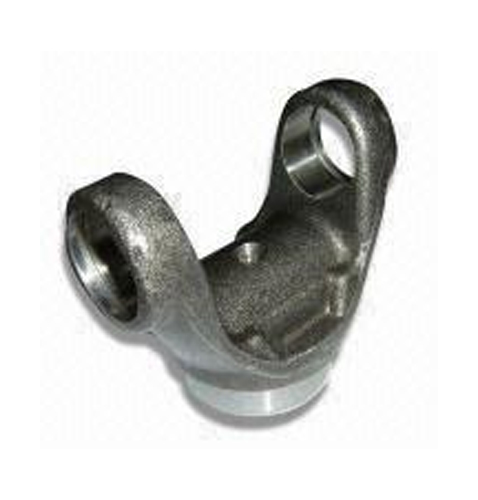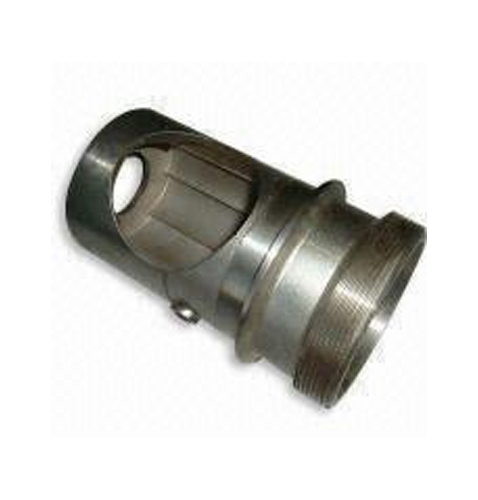Technical supportHOME > Technical support > Technical support
Standard for mechanical properties of C36000 leaded brass
Chemical composition:
Copper Cu: 58.0 ~ 61.0
Fe: 0.3
Lead: 1.5 ~ 2.5
Zinc: allowance
Lead brass is a very important and most widely used complex brass. It has excellent cutting performance, wear resistance and high strength. It is mainly used in various connectors, valves and valve rod bearings in mechanical engineering. Among them, hot forging valve blank, lock industry and watch industry are three important markets. Low cost of lead brass is an important premise for its wide application, The alloy composition can contain a variety of alloy elements, and the content requirements are relatively loose, which lays a foundation for the comprehensive utilization of copper alloy raw materials.
Manufacturing plate, bar, pipe, casting parts, etc., with copper content of 62% - 68%, strong plasticity, manufacturing pressure equipment, etc. according to the different types of alloy elements contained in brass, brass is divided into ordinary brass and special brass. The brass used for pressure processing is called deformed yellow copper, and the copper alloy with zinc as the main additive element of brass has beautiful yellow, which is collectively referred to as brass, Copper zinc binary alloy is called ordinary brass or simple brass, and brass with more than three elements is called special brass or complex brass. Brass alloy with zinc content less than 36% is composed of solid solution and has good cold working performance. For example, brass with zinc content of 30% is often used to make cartridge case, commonly known as cartridge case brass or 73 brass, Brass alloy with zinc content of 36-42% is composed of solid solution, among which brass with zinc content of 40% is commonly used. In order to improve the performance of ordinary brass, other elements are often added, such as aluminum, nickel, manganese, tin, silicon, lead, etc. aluminum can improve the strength, hardness and corrosion resistance of brass, but the plasticity is reduced. It is suitable for condensing pipe and other corrosion-resistant parts of seacraft vessels.
Tin can improve the strength and corrosion resistance of brass to seawater, so it is called naval brass. It is used as ship thermal equipment and propeller. Lead can improve the cutting performance of brass; this free cutting brass is often used as clock parts, brass castings are often used to make valves and pipe fittings etc. green copper is an early alloy, Bronze in history originally refers to copper tin alloy. Later, copper alloys other than brass and white copper are called bronze, and the name of main added elements is often preceded by the name of bronze. Tin bronze has good casting performance, antifriction performance and mechanical performance, and is suitable for manufacturing bearings, worm gears and gears. Lead bronze is a widely used bearing material for motors and grinders, Aluminum bronze has high strength, good wear resistance and corrosion resistance. It is used to cast gears, shaft sleeves and marine propellers with high load. Phosphorus bronze has high elastic limit and good conductivity. It is suitable for manufacturing precision springs and electrical contact components. Beryllium bronze is also used to manufacture non sparking tools used in coal mines and oil depots.
Beryllium copper is a supersaturated solid solution copper based alloy with good mechanical properties, physical properties, chemical properties and corrosion resistance. When powder metallurgy is used to make molds made of tungsten steel, high carbon steel and high temperature resistant superhard alloy, due to large loss and slow speed of ordinary electrode, tungsten copper is an ideal material with bending strength ≥ 667mpa, high purity of red copper and fine structure, Extremely low oxygen content, no pores, sand holes, looseness, conductivity, suitable for electric etching mold. After heat treatment process, the electrode has no directivity and is suitable for fine beating. Reference parameters: Cu ≥ 99.95% o < 003, conductivity ≥ 57ms / m, hardness ≥ 85.2h




